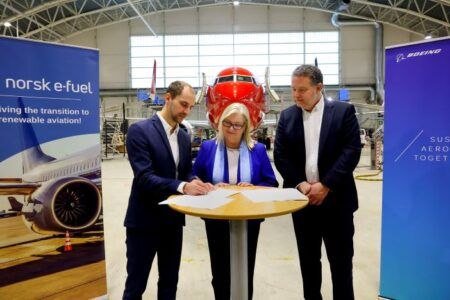The return of supersonic passenger air travel is one step closer with NASA’s award of a contract for the preliminary design of a low boom flight demonstration aircraft, which will be the first in a series of X-planes in NASA’s New Aviation Horizons initiative, introduced in the agency’s fiscal year 2017 budget.
NASA selected a team led by Lockheed Martin Aeronautics Company of Palmdale, California, USA, to complete a preliminary design for Quiet Supersonic Technology (QueSST). Lockheed Martin will receive about US$20m over 17 months for the QueSST preliminary design work. Subcontractors include GE Aviation of Cincinnati, Ohio, and Tri Models of Huntington Beach, California.
After conducting feasibility studies and working to better understand acceptable sound levels across the USA, NASA’s Commercial Supersonic Technology Project asked industry teams to submit design concepts for a piloted test aircraft that can fly at supersonic speeds, creating a supersonic ‘heartbeat’ – a soft thump rather than the disruptive boom currently associated with supersonic flight.
The company will develop baseline aircraft requirements and a preliminary aircraft design, with specifications, and provide supporting documentation for concept formulation and planning. This documentation would be used to prepare for the detailed design, building and testing of the QueSST jet. Performance of this preliminary design must also undergo analytical and wind tunnel validation.
In addition to design and building, this low boom flight demonstration (LBFD) phase of the project also will include validation of community response to the new, quieter supersonic design. The detailed design and building of the QueSST aircraft will fall under a future contract competition.
NASA’s 10-year New Aviation Horizons initiative has the ambitious goal of reducing fuel use, emissions and noise through innovations in aircraft design that depart from the conventional tube-and-wing aircraft shape.
The New Aviation Horizons X-planes will typically be about half the scale of a production aircraft and are likely to be piloted. Design and build will take several years with aircraft starting their flight campaign around 2020, depending on funding.
For further information on supersonic developments and testing, see the Sonic boom report from the November/December 2015 issue of Aerospace Testing International.
March 4, 2016




